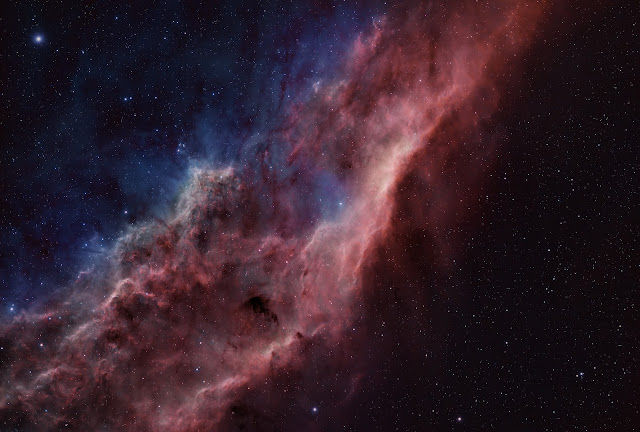
What might be the best naked-eye comet of the year is approaching the Earth and growing brighter every day. It’s Comet Lulin, named for the Chinese observatory where it was discovered in 2007.
Comet Lulin currently is in the constellation of Virgo passing the star Spica in the next couple of days, rising about 1 a.m., but as we progress through February, the comet will move with pace into the constellations of Virgo and Leo and will rise at the much more reasonable hour of 7 p.m.
Comet Lulin currently is in the constellation of Virgo passing the star Spica in the next couple of days, rising about 1 a.m., but as we progress through February, the comet will move with pace into the constellations of Virgo and Leo and will rise at the much more reasonable hour of 7 p.m.
Perhaps the most interesting aspect of Comet Lulin is its unusual orbit around the sun. Although it orbits in nearly the same plane that the Earth does, it does so backwards. Earth and all of the major planets orbit the sun counterclockwise as viewed from above Earth’s North Pole, but Comet Lulin is going against the flow, moving around the sun in a clockwise direction. Because it is moving in the opposite direction that Earth moves, the two will pass each other at the breakneck speed of nearly 40 miles per second, or 140,000 miles per hour.
On the night of closest approach to Earth, Feb. 24, Comet Lulin will be moving at an astounding 5 degrees per day across our line of sight. Its motion against the background stars will be evident through a small telescope or even binoculars. The comet will pass 0.41 Astronomical Units from earth and reach its closest distance to Earth on February 24, about 14.5 times the distance between the Earth and the Moon.
Another fascinating aspect of Comet Lulin’s orbit is that it is parabolic rather than elliptical. That means that Comet Lulin doesn’t make regular, periodic visits to the inner solar system, but it is in an orbit so large that this might be the very first time it has passed through the inner solar system and felt the warmth of the sun on its solidly frozen ices. Consequently, predicting the behavior of this newcomer is speculative at best. So far, it has been at or slightly ahead of its theoretical brightness curve. If this trend continues, Comet Lulin is expected to reach fourth magnitude at its peak. That’s bright enough to be seen with the unaided eye from dark, rural locations.
A pair of ordinary binoculars always enhances your view of a comet, and on the night of closest approach, Feb. 24, Comet Lulin and the bright planet Saturn will be in the same binocular field of view, providing an unforgettable sight.
A soon as possible from my location attempts will be made to photograph this newcomer to our solar system.
Long Live Comet Lulin.

.jpg)



